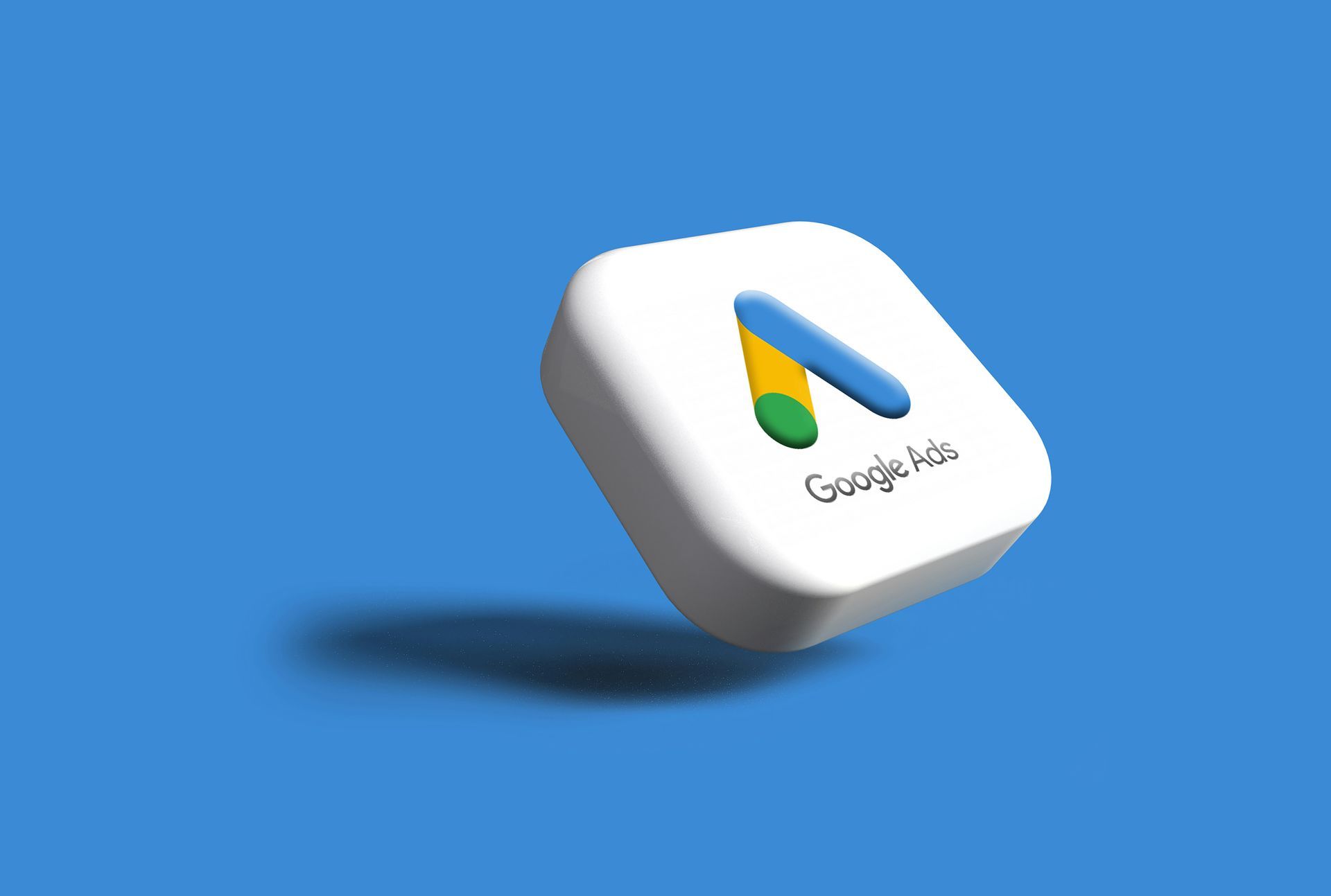How to Get an AI Employee? Step-by-Step Guide for Businesses

The modern business world is evolving rapidly, and artificial intelligence is at the forefront of this transformation. AI employees are revolutionizing industries by automating tasks, optimizing workflows, and improving efficiency. Companies looking to stay competitive are integrating AI into their daily operations. But how does a business go about implementing an AI employee? What are the steps required to ensure a smooth transition from traditional workflows to AI-driven efficiency? This guide walks you through the process of acquiring and integrating an AI employee into your business.
What is an AI Employee?
An AI employee is a digital workforce powered by machine learning, natural language processing, and automation technology. Unlike human employees, AI operates without fatigue, handling repetitive tasks, data analysis, content creation, and customer interactions with speed and precision. AI employees can function in a variety of roles, from marketing assistants and customer service representatives to data analysts and HR recruiters. They enhance productivity by working alongside human teams, reducing workloads and increasing efficiency.
Identifying Business Needs
Before implementing an AI employee, businesses must evaluate their operational structure to identify areas where AI can provide the most value. This requires assessing inefficiencies, bottlenecks, and tasks that consume excessive time and resources. Common areas where AI employees provide benefits include content creation, social media management, customer service automation, data analysis, advertising optimization, and HR recruitment. Defining clear business goals will help determine the type of AI employee best suited for your company.
Free Opportunity Analysis
Curious about how AI can enhance your business? Request a free opportunity analysis and discover where AI can optimize your operations, improve efficiency, and reduce costs. Our experts will assess your current processes and provide tailored recommendations on the best AI solutions for your business—completely free of charge.
Choosing the Right AI Tools and Platforms
Once the needs are identified, the next step is selecting the right AI tools. Various AI-powered platforms cater to different business functions. For content and marketing automation, tools like Jasper AI or ChatGPT provide excellent content generation capabilities. AI-powered customer support platforms, such as Zendesk or Intercom, improve customer interactions through automated responses. For data analysis, businesses can leverage AI-driven insights from platforms like Tableau or Google Analytics. Choosing an AI tool that integrates seamlessly with your existing software ensures smooth adoption and minimal disruptions to operations.
Training AI to Fit Your Business Needs
AI systems are not plug-and-play solutions. While they come with pre-trained capabilities, they must be customized to align with your brand, tone, and business objectives. This involves feeding the AI with relevant data, adjusting its response models, and refining its outputs based on business-specific needs. An AI chatbot should be trained using past customer interactions, FAQs, and company guidelines to ensure it provides accurate and helpful responses. Similarly, AI content generators should be adjusted to match your brand’s voice and tone.

Testing and Refining AI Processes
AI implementation is an iterative process. After initial deployment, businesses should closely monitor performance to assess its impact. This includes tracking AI-generated content for quality, measuring customer satisfaction with AI-driven interactions, analyzing marketing performance, and evaluating data accuracy. Adjustments may be necessary based on feedback from employees and customers. AI improves over time, but human oversight is crucial to ensure it aligns with business expectations.
Integrating AI with Human Employees
AI employees are designed to work alongside humans, not replace them. Successful AI adoption requires clear communication with employees to address concerns and provide training on how to leverage AI capabilities. Employees should understand that AI enhances their work by automating repetitive tasks, allowing them to focus on strategic and creative responsibilities. Providing hands-on training sessions and AI workflow demonstrations will help employees adapt to the new technology and maximize its benefits.
Scaling AI Operations for Long-Term Growth
Once an AI employee is successfully integrated into a business, companies can explore ways to expand AI-driven solutions to additional departments. Businesses can scale AI involvement by adding AI-driven analytics for deeper insights, expanding AI into HR functions, implementing AI-powered financial management automation, and using AI for predictive marketing strategies. The more AI systems learn, the better they perform, making them valuable long-term investments for growing businesses.
Free Quote
Looking for a customized AI solution? Request a free quote and get a detailed cost estimate based on your specific business needs. Whether you need AI for content creation, customer support, or data analysis, we provide transparent pricing and a clear implementation plan to help you make an informed decision.
Challenges of AI Implementation and How to Overcome Them
Adopting AI employees comes with challenges, such as initial implementation costs, data security concerns, and resistance to change. Addressing these issues early ensures a smoother transition. While AI tools may require an upfront investment, they lead to long-term savings in efficiency and productivity. Implementing strict data protection policies and compliance measures ensures AI safely manages sensitive business information. Encouraging a positive AI adoption culture through employee training and demonstrating AI’s benefits helps ease resistance.
The Future of Work is AI-Driven
AI employees are no longer a luxury; they are becoming essential for businesses seeking growth, efficiency, and scalability. By carefully assessing business needs, selecting the right AI solutions, and integrating them seamlessly with human teams, companies can unlock unprecedented levels of productivity. As AI technology continues to evolve, businesses that adopt AI employees today will be the ones leading the future of work.
Free Consultation
Need expert advice on integrating AI into your business?
Schedule a free consultation with our AI specialists. We’ll walk you through the possibilities, discuss your goals, and help you understand how AI can drive growth and efficiency. No obligations—just valuable insights to help you get started. 🚀
Conclusion: Embracing AI in Your Workforce
Implementing an AI employee is not just about automation—it’s about optimizing workflows, enhancing decision-making, and creating a smarter, more efficient business model. Now is the time to take the next step and embrace AI in your workforce. Businesses that invest in AI today will stay ahead of the curve, operating more effectively and competitively in an increasingly digital world.
ALL OUR OTHER NEWS:







